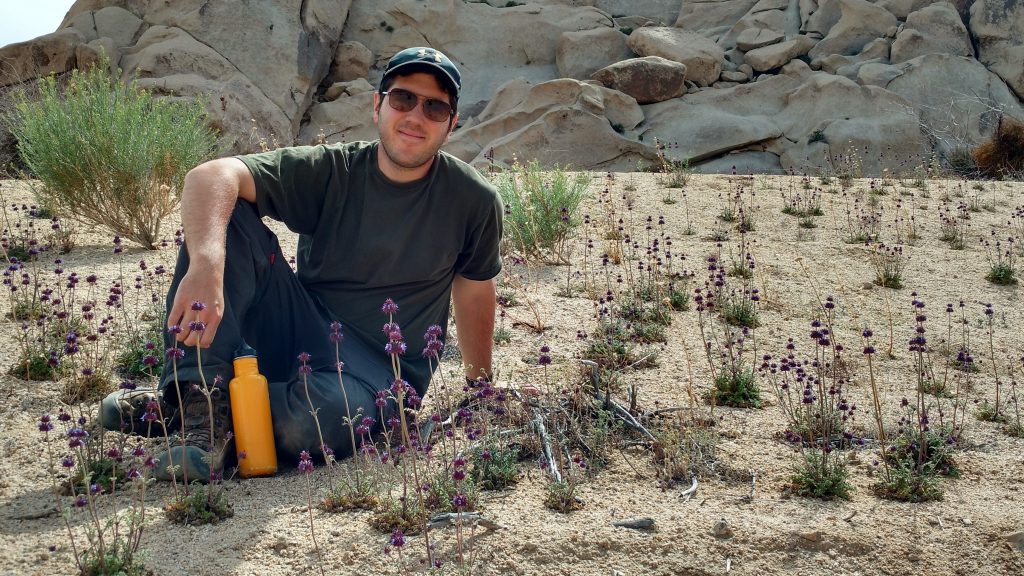RDMapper is a web-based application that allows rangeland forage production to be tracked bi-weekly using remotely sensed MODIS vegetation indices. Combining these data with monthly precipitation data and annual on-the-ground monitoring records, RDMapper provides statistical and graphical information and context that supports predictions of end-of-season residual dry matter (RDM). RDM is a landscape-scale metric that has been shown to be a good predictor of rangeland productivity and overall rangeland condition, and is used by grazing managers to monitor grazing impacts, and by land trusts and agencies for conservation easement compliance monitoring. RDMapper can help reduce grazing-related compliance issues and potential conflict between landowners and easement holders, strengthening the overall relationship with cooperating landowners and leading to greater protection of biodiversity values. We developed RDMapper using software written in the R programming language, including the Shiny package. In 2015, we predicted compliance with RDM objectives across approximately 44,000 hectares of conservation easement lands held by The Nature Conservancy in California. We based predictions on past RDM compliance and our interpretation of statistics and graphics that demonstrate differences in vegetation indices and precipitation characteristics for years that were in versus out of compliance with RDM objectives. We tested a framework for adding efficiency to field-based RDM monitoring in future years by evaluating pastures that we had a high confidence would be in RDM compliance in 2015. For these pastures, our prediction of ‘in compliance with high confidence’ was correct on 109 of 110 pastures. We propose that in future years, pastures we are confident will be in compliance can be monitored with a simple visual estimate of RDM, instead of more expensive field methods. We are currently testing RDMapper at additional properties and have transitioned it to a more powerful data processing framework based on MODIS and PRISM web services and Google’s Earth Engine.
Scott Butterfield
Senior Scientist
The Nature Conservancy
scott_butterfield@tnc.org




